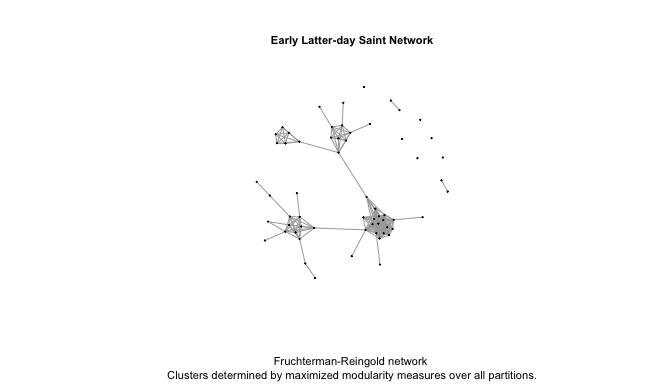Search results for: “mauss”
-
12 More Questions for Armand Mauss, Part 3
We are pleased to post the last installment of our Q&A with Armand Mauss, LDS author and scholar. See Part 1 for a full introduction and the first set of questions and answers, and Part 2 for the second set. 9. In the third chapter of your recent book Shifting Borders and a Tattered Passport,…
-
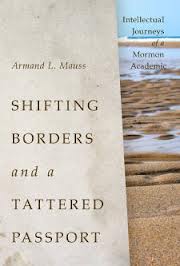
12 More Questions for Armand Mauss, Part 2
We continue our Q&A with Armand Mauss, LDS author and scholar. See Part 1 for a full introduction. 5. Let’s talk now about some of the issues you discussed in your memoir, Shifting Borders and a Tattered Passport: Intellectual Journeys of a Mormon Academic (U of U Press, 2012). In Chapter 6, “Recurrent Visits with…
-
12 More Questions for Armand Mauss, Part 1
Way back in April 2004, almost exactly ten years ago, Armand Mauss was the very first Times and Seasons 12 Questions guest (see Part 1 and Part 2). A lot has happened in the last ten years, so Armand has graciously agreed to answer 12 more questions. He was a Professor of Sociology for many…
-

Mauss on Dialogue
I am almost done with the recently published memoir by Armand Mauss, Shifting Borders and a Tattered Passport: Intellectual Journeys of a Mormon Academic (U of U Press, 2012; publisher’s page). Like Leonard Arrington’s earlier memoir, Adventures of a Church Historian, the book is something of a insider’s guided tour of fifty years of Mormon…
-
12 Questions for Armand Mauss, part two
As promised, here’s the second half our our “interview.” [For part one, click here.] Thank you, Brother Mauss, for your willingness to lend your unique voice to the bloggernacle, and thanks to all our readers who submitted questions. (Again, the questions are in bold and his responses follow in plain text.) 7. In April conference,…
-
12 Questions for Armand Mauss, part one
We are pleased to present our first installment of “12 Questions,” with sociologist and Mormon Studies scholar extraordinaire Armand Mauss (here is a mini-bio). Thanks to everyone who sent in questions. As you will see, they generated a wide-ranging and thoughtful set of responses. Questions appear below in bold, and Brother Mauss’s responses follow in…
-
Reminder: 12 Questions for Armand Mauss
As I posted earlier in the week, Mormon sociologist extraordinaire Armand Mauss has graciously agreed to be interviewed by the T&S readership. For those that may not know his work, Mauss has studied and written extensively on issues such as the priesthood ban, the international growth of the Church and the challenges it poses, and…
-
12 Questions for . . . Armand Mauss
We are pleased to announce that Armand Mauss has agreed to be the first participant in the newest regular feature at T&S, “12 Questions.” In this feature, we will be “interviewing” some of the bright stars in the Mormon firmament. And you, dear reader, may participate by submitting the questions. [See here and here for…
-
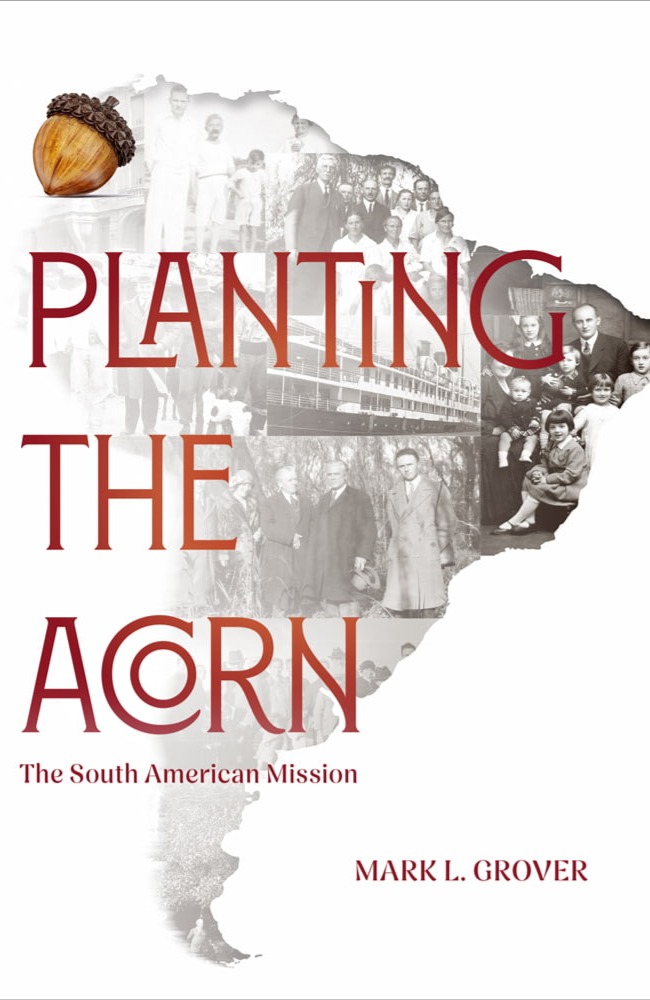
Planting the Acorn: A Review
One hundred years ago this December, a group of three general authorities dedicated South America for the preaching of the gospel while establishing a mission in Buenos Aires, Argentina. Given that this year is the centennial anniversary, there are a few ways in which the Church has been celebrating, such as the repeated visits by…
-
Chad Nielsen’s Favorite Reads, 2024 edition
As I did last year, in case it’s of use to anyone, I’ve prepared a list of my top 10 books that I’ve read this last year. (That can include books that were not published within the last year, though the majority of them were published in 2023 or 2024). Also, since I published 25…
-
On Premortality and the Priesthood and Temple Ban
When I was a priest, the adult advisor was excited to teach us a lesson about the premortal existence. He bounded up, grinning from ear to ear as usual, and said “I’ve been doing lots of reading, and I have some great stuff to share,” and he did. For the most part, it was an…
-
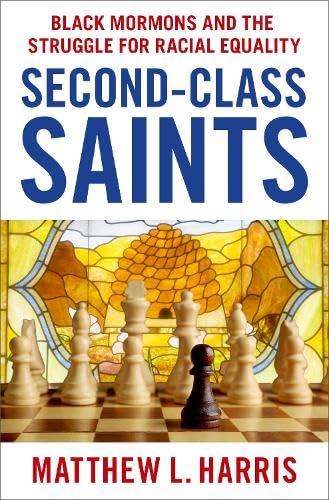
A Review: Second Class Saints
The priesthood and temple ban against individuals with Black African ancestry is a topic that is both fraught and crucial in understanding the history of The Church of Jesus Christ of Latter-day Saints. Matthew Harris’s recently-published Second Class Saints: Black Mormons and the Struggle for Racial Equality provides one of the most in-depth looks at…
-
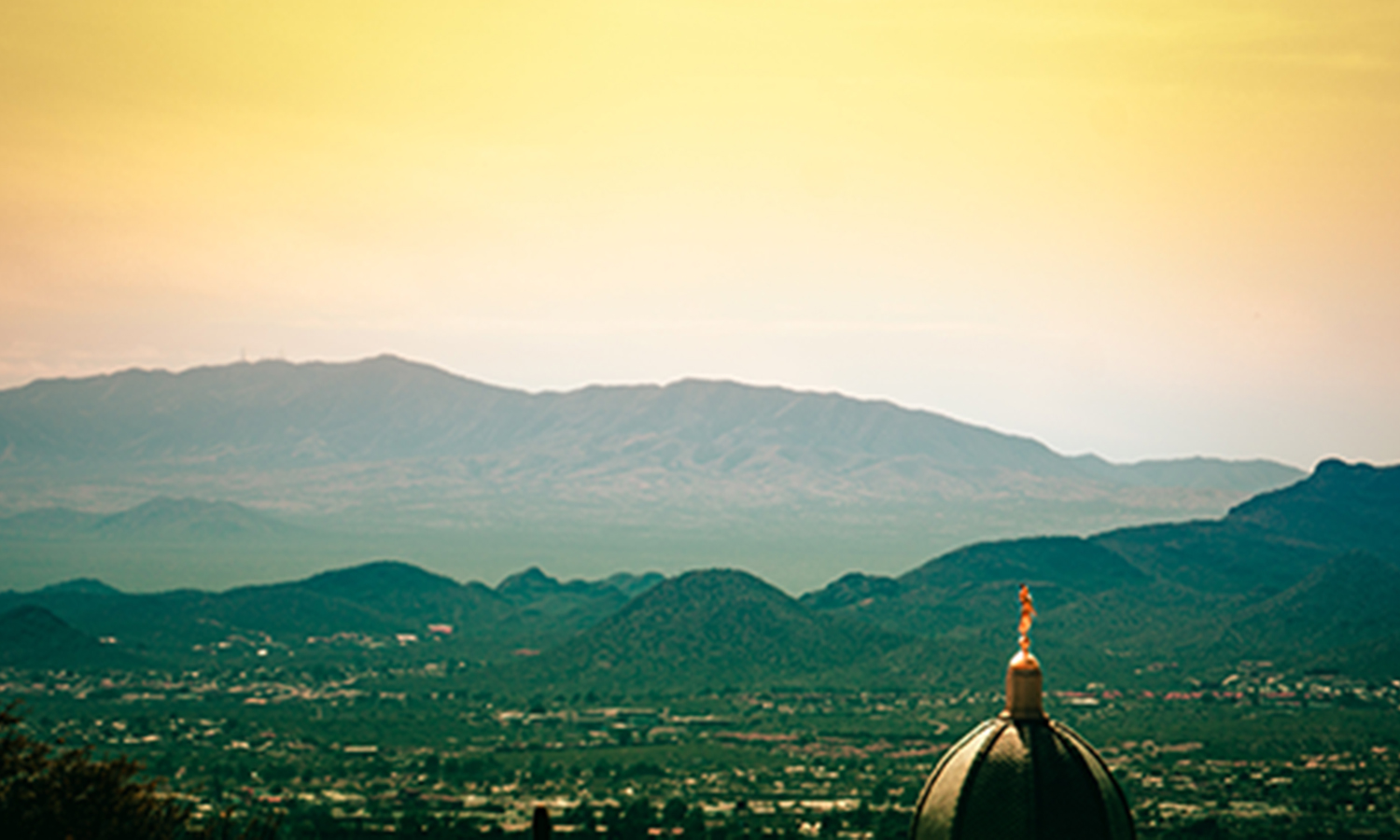
Not Assimilation, But Alliance
I found Jana Riess’s recent post about the President Nelson’s pivot away from “Mormon” interesting but I believe her thesis could be refined. Citing the familiar Armand Mauss retrenchment/assimilation axis, she sees the move from “Mormon” to “member of the Church of Jesus Christ of Latter-day Saints” as a swing of the pendulum back towards…
-
On the Priesthood and Temple Ban
With the recent hullabaloo about Brad Wilcox’s firesides, I have had a few things on my mind, perhaps most intensely around the priesthood and temple ban against individuals of black African ancestry. The short version is this: After studying the evidence, I believe that the ban was not instituted and sustained by God’s will. Now,…
-
“There is never but one on the earth at a time”
Polygamy was one of the most divisive and explosive policies that Joseph Smith ever embraced. In many ways, it was what led to Joseph Smith’s death. He knew that it would be a cause of contention, both within the Church of Jesus Christ of Latter-day Saints and with those who were not members, and he…
-
“When moved upon by the Holy Ghost”
At this point in the year, we’ve finally caught back up with the context of where we began—Section 1. The conference in early November 1831 (at which Sections 1, 67 and 68 were recorded) was focused on publishing the revelations that Joseph Smith had been—a project which would come to be known as the Book…
-
President Nelson’s Favorite Topics and Statements, Part 2: The Church
Last year, the Church released the guidelines by which a committee was evaluating hymns and songs for inclusion in the next hymnbook and children’s songbook and a list of topics they wanted to see more hymns about. What surprised me as I studied President Russell M. Nelson’s general conference talks was how frequently the list…
-
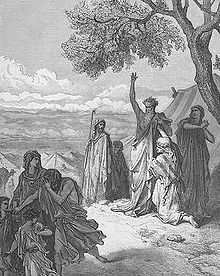
Reconsidering the Curse of Ham
In a candid moment in January 1858, an early Church leader named Zerah Pulsipher told his family that: “Most of you are young therefore you have the advantage of me because [yo]u have less Gentile Traditions to over com[e].”[1] This is an interesting observation from Pulsipher—all of the early Church members (including leaders) were converts…
-
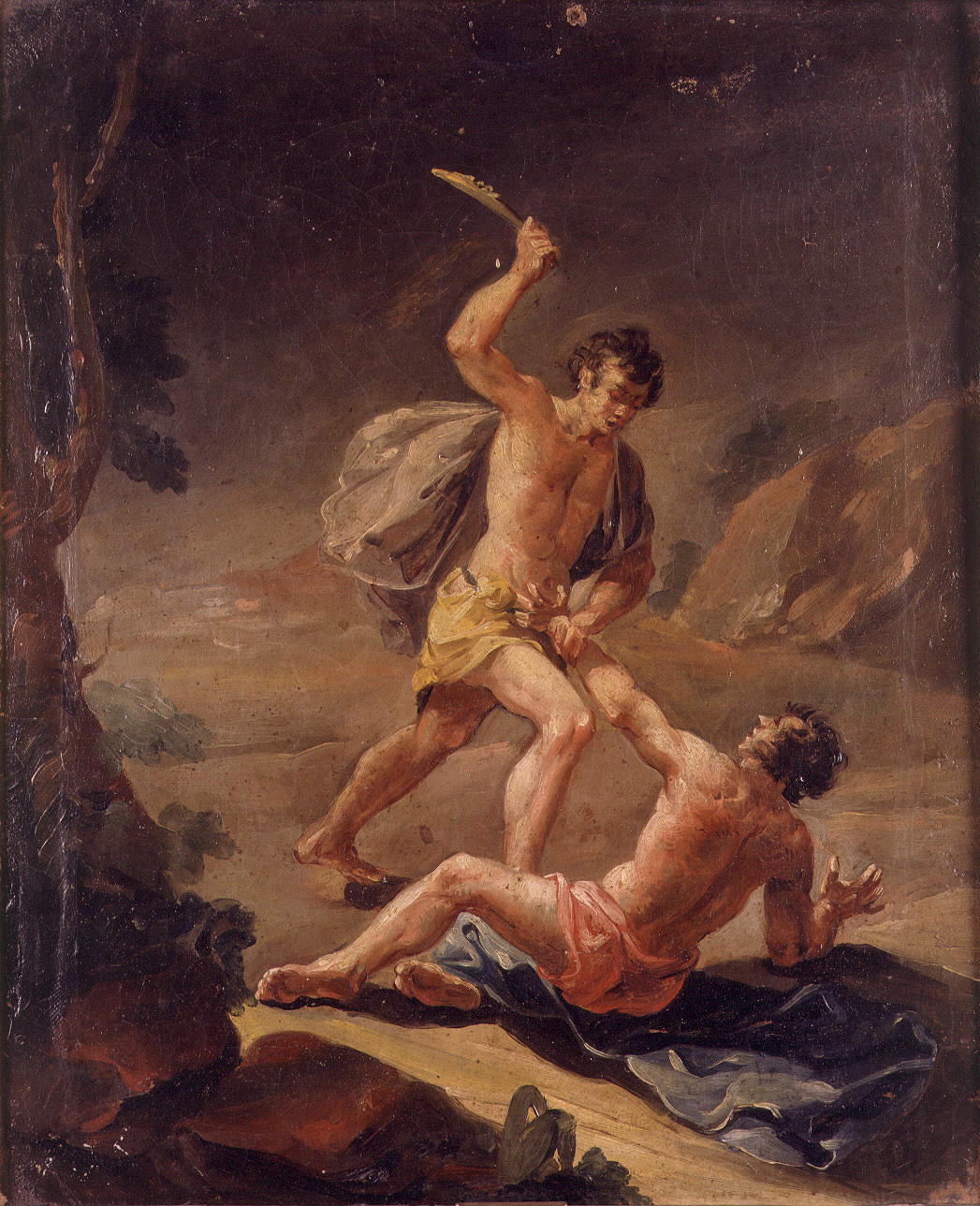
Reconsidering the Curse of Cain
Eugene England once shared an experience he had with the prominent Latter-day Saint Church leader, scriptorian, and doctrinaire Joseph Fielding Smith. President Smith had written extensively on the subject of the priesthood and temple ban against individuals of black African ancestry, offering rationales for the ban that have since been disavowed by the Church. During…
-
The False Dichotomies of Membership
One thing I’ve noticed a lot is people creating simple divisions of people within the church. I’m sure you’ve heard many of them. Liahona Members vs. Iron Rod Members. Chapel Mormons vs. Internet Mormons. Intellectuals vs. Fundamentalists. I’m sure there’s some out there that I somehow missed. I’ll confess these have always bothered me for…
-
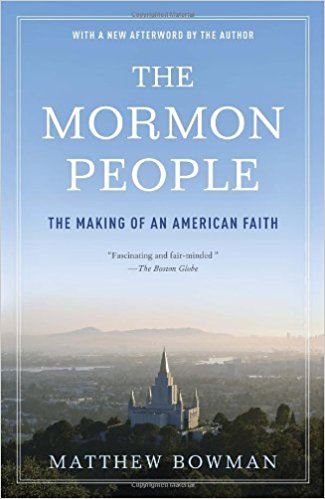
Three big things (and some little things) this lifelong Mormon learned from Matt Bowman’s history of the Church
How do you tell the story of a 200-year-old movement in a single volume? In the summer of 2011, Matthew Bowman received a call inviting him to write such a volume in under three months. The result — The Mormon People: The Making of an American Faith — is an accessible, even-handed volume that uncommonly gives…
-
Day of the Lamanite, Deferred
Lamanite: An increasingly dated term that now rubs many people the wrong way when heard in public Mormon discourse. But the category lingers on despite LDS attempts to move toward a post-racial approach to priesthood and salvation. Lamanites, Nephites, children of Lehi, Indians, Native Americans, Amerindians — whichever term you choose, it’s clear the doctrinal…
-
Who is Israel?
When teaching Institute recently to a class of LDS students in our ward, I used the term ‘Latter-day Israel’ and met with a surprised silence: they had never heard the term. Yet, all of them were second generation members, born and raised in the church and thoroughly schooled in whatever the church had thrown at…
-
Times and Seasons: The First Year
Ten years is a long time, even in the real world. When Adam put up the first Times and Seasons post on Nov. 19, 2003, there was no WordPress. There was no Bloggernacle. There were just six T&S permabloggers (Nate, Matt, Adam, Kaimi, Greg, and Gordon) and a handful of commenters. Those were the days.…
-
Socially Constructed Mormonism
This is the second post (see first post) discussing ideas presented in the recently published memoir of retired LDS sociologist Armand Mauss, Shifting Borders and a Tattered Passport: Intellectual Journeys of a Mormon Academic (Univ. of Utah Press, 2012; publisher’s page). After taking five years away from his graduate work to serve as a counselor…
-
Conference: “Beyond the Mormon Moment”
“Beyond the Mormon Moment: Directions for Mormon Studies in the New Century” A Conference in Honor of the Career of Armand Mauss March 15-16, 2013
-
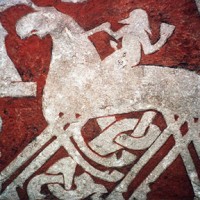
The blood of Israel in Europe
At a multi-stake conference in Berlin in 2010, Area President Erich W. Kopischke quoted Joseph Smith as having declared that “England, Germany, Norway, Denmark, Switzerland, Holland and Belgium have a considerable amount of the blood of Israel among the people which must be gathered out.”
-
Mormonism: The Second Century
Christopher Jones has a post over at the fine group blog Peculiar People listing ten books on modern Mormonism. The post deserves more discussion, so I thought I’d post my own short comments on the first four books from the list and invite readers to add comments on the others as well as reflection on…
-
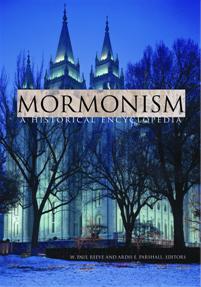
Review: Mormonism: A Historical Encyclopedia
It is published as a reference work, but you can read it like a book, albeit a book of essays: Mormonism: A Historical Encyclopedia (ABC-CLIO, 2010; publisher’s page), edited by W. Paul Reeve and Ardis E. Parshall. Listing at $85 ($68 on Kindle), it might not find its way onto your bookshelf until a trade…

